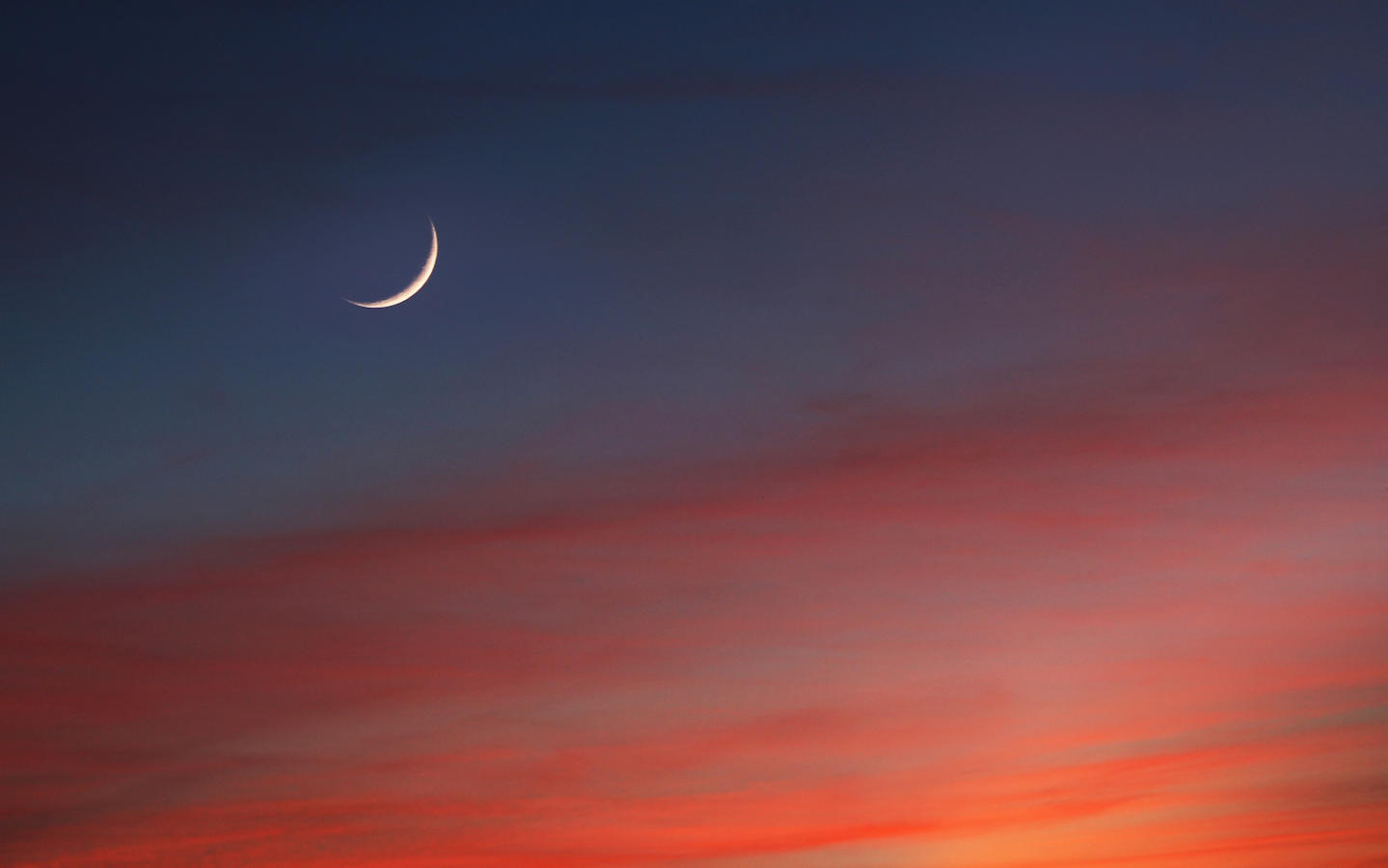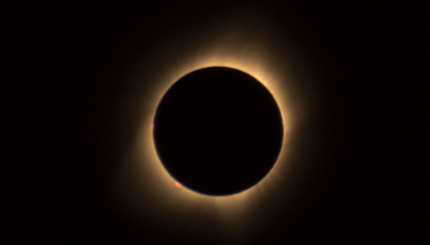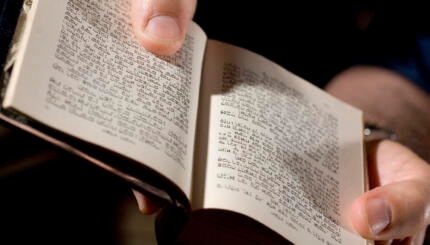When it comes to Jewish prayer, the Shema commands a lot of attention. The prayer’s famous command to “Listen, O Israel” and recognize that God is one, singular and indivisible, is considered the preeminent statement of Jewish faith.
But during the evening Maariv service, before we put our hands over our eyes for this declaration’s of God’s unity, we encounter a profound duality, a compelling idea about the interdependence of two natural phenomena generally thought of as polar opposites.
The Shema is preceded by the Maariv Aravim blessing, which depicts nature’s daily transformations and identifies God as the entity that golel ohr mipnei choshech, v’choshech mipnei ohr (“rolls light away from darkness, and darkness from light”). This concept of light and dark being parts of each other, one rolled away to make room for the other, is as true of physical light and dark as it is of hope and sorrow.
The paragraph paints an image of God as a protector spreading a shelter over us, and as a constant creator, with every sunup or sundown an automatic computer loop, coded to imitate God’s own creation work. God created both sun and moon, sunrise and sunset. Whether we give birth in celebration or mourn the passing of a loved one, we are reminded that when one set of lives sinks into the darkness of the horizon, a new set is opening its eyes to the light.
With your help, My Jewish Learning can provide endless opportunities for learning, connection and discovery.
In reading these words before the Shema’s commandment to recognize God’s oneness, we see that the divine singularity can also contain opposites. That’s the way each day is designed. Night and day are not randomly strung together, but coexist in a deliberate, wondrous and eternal succession.
Those who struggle with pain and physical disability may especially find comfort in the idea that there’s an order, both natural and divine, to the waxing and waning of light, hope, strength and faith. Dark times are hard, but not eternal. With every night, there is the promise of morning. This also teaches humility. If we are squarely in the light, we must also prepare ourselves to lose that light — if only temporarily.
Then there’s the possibility — consider it a minority opinion — that the optimistic force is actually darkness: freedom from scrutiny, a stripping away of sight that can activate our other senses. Perhaps it is light — with its brilliant spotlight of attention that can favor our vision while blinding us to inner truth — that is the enemy.
However we understand light and dark, the pairing inspires us to contemplate the implications embedded within them. With every rolling of light away from darkness, there is a rolling of darkness away from light. Each is not the other, but each depends on the other. They are intricately connected, and will, soon and always, continue in that cycle of eternal separation and reunion, forever granting us the chance to feel our pain in darkness and to know that in the morning, there will again be light.



